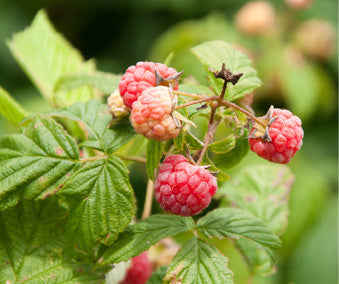Raspberry Cane Midge (Resseliella theobaldi) Trap
Raspberry Cane Midge (Resseliella theobaldi) Trap
Andermatt UK
Complete monitoring trap for Raspberry cane midge (Resseliella theobaldi)
Crop Type
Crop Type
Fruit
Advantages
Advantages
Attracts male midges with species-specific pheromone. Allows accurate identification of pest species where it is difficult to differentiate between species. Monitoring allows easy determination of risk to crop and if further control actions are required.
Pack contains 1 lure to give a total of 6 weeks monitoring.
Pack contains: 1 re-usable trap, 1 pheromone lure, 8 sticky inserts.
How to Use
How to Use
Suitable for use in cane crops where raspberry cane midge is a problem.
The trap is designed to monitor adult raspberry cane midge activity which then allows improved application timing of plant protection products. The Raspberry Cane Midge Trap should be setup from the middle of March, when adult midge activity is expected. In the UK raspberry cane midge can have up to 4 generations per year, flying from the middle of March to October.
The trap should be placed within the crop around 0.5 m above the ground and out of direct sunlight.
Use 1-2 traps per crop plot of a uniform plantation. In ununiform plantations (geography, variety, age etc.) higher densities may be required.
Traps should be checked every 2-3 days and number of trapped midges recorded. After recording trapped numbers during scouting, trapped pests should be removed from sticky insert to improve future catches and reduce chance of miscounting in following assessments.
Replace the lure and sticky insert after 6 weeks.
Do not open foil sachet until you want to use the pheromone lure. Until use, store unopened sticky inserts and pheromone lures in a cool dry location.
Traps can be used over several years with the addition of fresh replacement pheromones.
Target Pest
Target Pest
Raspberry cane midge (Resseliella theobaldi)
Couldn't load pickup availability






